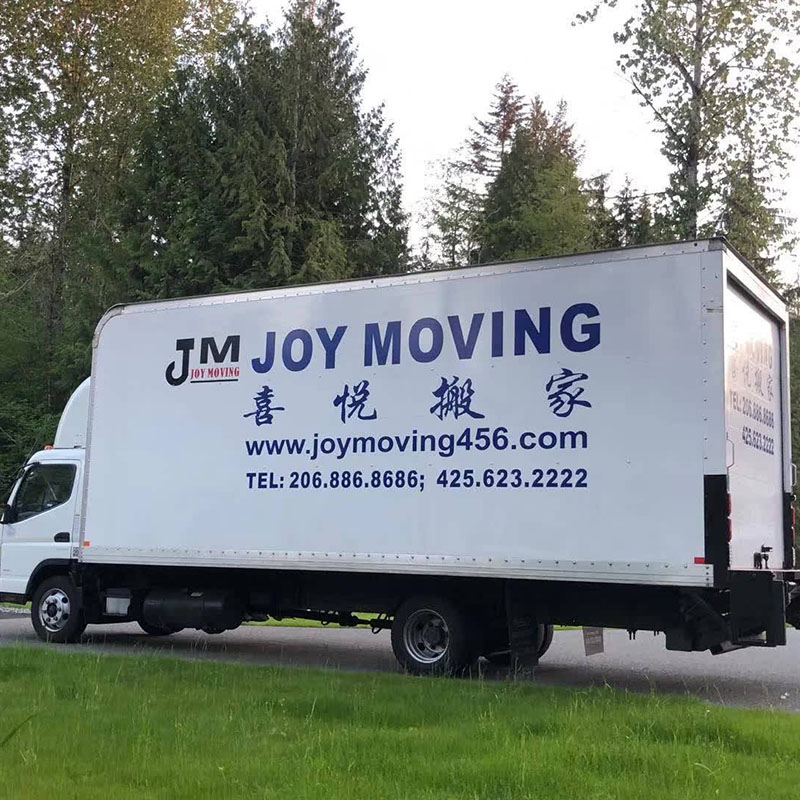Key Steps in Long Distance Moving
2024-06-05
Long distance moving can be a complex and challenging process, requiring thorough planning and organization to ensure a smooth transition. Here are the key steps and considerations to help manage a long-distance move effectively:
Key Steps in Long Distance Moving:
1. Planning and Preparation
- Timeline: Start planning at least 8-12 weeks before the move.
- Budget: Establish a moving budget, accounting for moving company fees, packing supplies, travel expenses, and any additional costs.
- Inventory: Create a detailed inventory of all items to be moved.
2. Choosing a Moving Company
- Research: Get recommendations, read reviews, and check the credentials of moving companies.
- Quotes: Obtain multiple quotes from different companies for comparison.
- Insurance: Verify the moving company’s insurance coverage and consider additional insurance if needed.
3. Decluttering
- Sort and Purge: Go through your belongings and decide what to keep, donate, sell, or discard.
- Garage Sale: Consider holding a garage sale or using online platforms to sell items you no longer need.
4. Packing
- Supplies: Gather packing materials such as boxes, tape, bubble wrap, and packing paper.
- Labeling: Clearly label each box with its contents and destination room.
- Fragile Items: Pack fragile items with extra care, using padding and sturdy boxes.
- Essential Box: Pack an essentials box with items you’ll need immediately upon arrival (e.g., toiletries, clothes, important documents).
5. Notifying Important Parties
- Address Change: Notify the post office, banks, insurance companies, utilities, and other relevant parties of your change of address.
- Subscriptions: Transfer or cancel subscriptions and services.
6. Transportation
- Vehicle Shipping: If moving long-distance, consider whether you need to ship your vehicle or drive it.
- Travel Arrangements: Book flights, hotels, and any other necessary travel accommodations.
7. Moving Day
- Checklist: Have a final checklist to ensure all tasks are completed.
- Supervision: Supervise the loading process to ensure items are handled carefully.
- Final Walkthrough: Conduct a final walkthrough of your old home to ensure nothing is left behind.
8. Unpacking and Settling In
- Inventory Check: Cross-check your inventory list with the delivered items.
- Unpack Essentials: Start by unpacking the essentials box to settle in quickly.
- Room by Room: Unpack room by room to stay organized.
- Utilities: Ensure utilities are set up and functioning in your new home.
Additional Tips for a Smooth Long Distance Move:
- Hire Professional Movers: Professionals can handle logistics and heavy lifting, reducing stress.
- Consider Temporary Housing: If your new home isn’t ready, arrange for temporary accommodation.
- Stay Connected: Maintain communication with the moving company throughout the process.
- Personal Documents: Keep important documents (passports, birth certificates, etc.) with you, not packed in moving boxes.
- Pet and Plant Care: Make special arrangements for the safe transport of pets and plants.
Common Challenges and Solutions:
- Delays: Plan for potential delays by having a buffer in your schedule.
- Damage: Ensure proper packing and insurance to cover potential damage.
- Adjustment Period: Give yourself time to adjust to the new environment and establish routines.
Moving Services to Consider:
- Full-Service Movers: Handle everything from packing to unpacking.
- Self-Service Moving: You pack and unpack, while the moving company handles transport.
- Truck Rental: Rent a moving truck and handle the move yourself.
- Portable Storage Containers: Pack at your own pace; the company transports the container.
By following these steps and tips, you can effectively manage the complexities of a long-distance move, ensuring a more organized and less stressful relocation.



